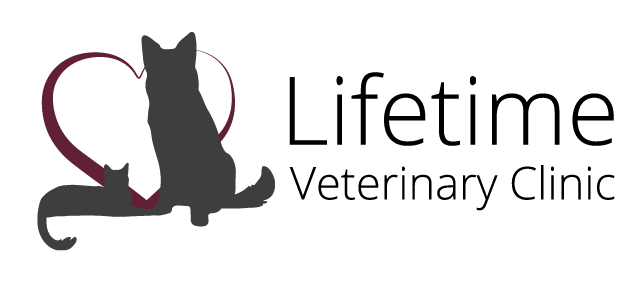Library
-
Osteosarcomas are somewhat rare in cats and progress slowly. Osteosarcoma is very painful. The most common location where osteosarcomas develop in cats is the hindlimb. Amputation is by far the most common treatment. Chemotherapy is not generally pursued without evidence of metastasis, given the relatively long-term control with surgery alone.
-
Rarely, ovarian tissue can be left behind when a cat is spayed. This leads to the ongoing secretion of hormones such as estrogen and progesterone that can result in a cat continuing to have a heat cycle. Ovarian remnants are difficult to diagnose but vaginal cytology, combined with hormone testing, can be used to confirm the presence of functional ovarian tissue. Surgical treatment is typically recommended to prevent other health conditions from developing.
-
Ovarian tumors are quite rare in North American pets, mainly due to routine spaying practices. This handout discusses ovarian tumors in dogs and cats. The various forms of ovarian tumors, clinical signs, diagnosis, treatment, and prognosis of this cancer are outlined.
-
Obesity is the most common problem in cats in North America and leads to an increased risk of diabetes mellitus, heart disease, and several types of cancer. Extra body fat causes increased inflammation associated with osteoarthritis. Reducing inflammation and pain can help an overweight cat to regain activity, which in turn can lead to more appropriate weight loss. Obesity can be prevented or reversed when cat owners are aware of calorie intake, body condition, and improving movement or activity.
-
Obesity is a common problem in cats. It results from too many calories being eaten and not enough calories being burned. Extra body fat causes increased inflammation in the body, worsening osteoarthritis and joint disease. To prevent your cat from becoming obese, speak to your veterinarian about your cat’s calorie needs and an appropriate food for your cat's life stage. Increasing your cat's daily activity can help prevent or reverse obesity. Be aware of your cat's body condition and keep track of her weight.
-
Oxazepam is given by mouth and is used off label to stimulate appetite and to treat behavior-related disorders. Give as directed by your veterinarian. Common side effects include sleepiness and drooling. Do not use in pets that are allergic to it or other benzodiazepines, nursing pets, or those that have glaucoma. If a negative reaction occurs, please call your veterinary office.
-
Oxybutynin is a medication used to help stop bladder spasms that cause urine leakage (refractory urinary incontinence) in cats and dogs. This medication is used off-label in veterinary medicine. Oxybutynin comes in several oral formulations.
-
Oxytetracycline is an antimicrobial medication used to treat bacterial infections. It is used to treat infections in cats, dogs, and fish. It is used “off label” or “extra label” to treat bacterial infections in exotic animals. Oxytetracycline comes in oral tablet or compounded liquid forms.
-
Oxytetracycline/polymyxin B ophthalmic (brand name Terramycin®) is a combination antimicrobial medication used to treat certain types of bacteria (gram-positive and gram-negative). It is used to treat eye infections in cats and dogs. It is used “off label” or “extra-label” to treat eye infections in avian species, hedgehogs, and rabbits. Oxytetracycline/polymyxin B comes in ointment form.
-
Oxytocin is a hormonal agent used to induce or enhance uterine contractions at the time of birth in cats, dogs, rabbits, rodents, and other mammals. Oxytocin is also used in mammals to help start milk production, control uterine bleeding, and help shrink the uterus to normal size after birth. It has been used in birds and reptiles to help resolve egg binding.

